Do you want to start investing but fear you will be buying in at the top of the market? Well, what if I told you there was a way to invest in which you could take emotion out of the equation altogether, not only banishing market anxiety but actually taking advantage of dreaded market volatility? Too good to be true? Far from it. The panacea exists, and it’s called dollar cost averaging or, as we call it in the finance world: DCA.
Dollar Cost Averaging is a pretty simple financial strategy: you purchase a set dollar amount (say $300) of securities (stocks, mutual funds, etfs, bonds…you get the idea) on the same day each month. Because you are committed to a set dollar investment the total number of shares purchased will vary from month to month based on the market. In months where prices are increasing you receive fewer shares; however, in months with falling prices your money buys MORE shares.
How does this benefit you? It removes emotion from the investment equation by keeping you from attempting to “time the market” (which has been proven to be impossible) and helps establish the saving behavior necessary for long term financial success. You are not waiting for a certain price to be reached before buying and when markets are experiencing volatility you are not selling and sitting on the sidelines waiting for things to settle down and then attempting to determine when to buy back into the market. Rather, you are using a disciplined strategy to steadily contribute to your long term goals and when the market is on sale, prices are declining, your monthly contribution has more buying power.
Here’s what’s even better: you are most likely already taking advantage of DCA as part of your financial plan, without even realizing it! If you are contributing to an employer sponsored retirement plan like a 401(k) (which you should be!), you are taking advantage of Dollar Cost Averaging by setting aside a certain percentage of your pay and investing it on set days each month. But why limit a DCA strategy to just one segment of your financial portfolio? You can leverage Dollar Cost Averaging to efficiently build individual accounts for shorter or medium term priorities such as travel, a new car, or purchasing a house. It’s not magic or rocket science, but Dollar Cost Averaging can help take advantage of volatility in markets, remove emotion from investing, and establish a beneficial pattern of saving for future priorities.
While dollar cost averaging is a powerful financial tool it is only one component of a full financial plan. If you would like to talk more about the impact of dollar cost averaging on your personal financial plan please contact me at zach.swaffer@trilogyfs.com.

